Your retirement savings, which is the means to your financial freedom, should be set up in the same way. There is no way to accurately predict what life will be like during the course of your retirement. Based on the climbing US debt, it is safe to assume that tax rates may increase. Unanticipated expenses may arise. Life is never predictable. Therefore, you need your money to be ready to work for you. In my experience, one of the best ways to ensure this is by utilizing three types, or buckets, of savings.
The first bucket is comprised of your traditional retirement investments like a 401(k), 403(b), or 457 plan. These plans are very popular and easily accessible as most employers offer them. Contributions grow tax-deferred and can be automatically deducted from one’s paycheck. However, what was a tax benefit while saving becomes a tax-trap once you retire as those funds will be taxed once they are pulled out. Another thing to consider is what the tax rate will be like at that time. I always ask my clients, “Do you think taxes will have gone up or down by the time you retire?” No one ever says down. Therefore, if all your retirement funds are in this first bucket, you are suddenly at the mercy of the government on how you utilize your retirement money. This is not financial freedom.
However, more buckets mean more options. Let’s consider that you also have retirement savings invested in a second bucket containing tax-free funds. This is typically comprised of Roth IRA’s or Roth 401(k)’s. Although Roth 401(k)’s are not highly promoted or even included in a lot of employer-offered plans, they are a very powerful saving tool. Your contributions grow tax-deferred and are distributed tax-free. With the addition of this second bucket or savings, you suddenly have a little more flexibility on how you access your money.
The final bucket is one that isn’t on most people’s radar. This bucket should be comprised of the investments in your portfolio of stock equities. The gains on these investments are taxed as capital gains. Historically, capital gains tax rates are significantly lower than typical income tax rates. If these investments are sold properly, they can provide another option when trying to manage how your money works for you.
As you can see, multiple buckets of retirement savings seek to provide you with freedom and tax control. If taxes are high, utilize your second bucket. If taxes are lower, feel free to dip into your first bucket. You can work with your financial advisor on what investments belong in which bucket, as well as to dial more or less into these buckets depending on tax rates and what your needs are. This flexibility is key to securing your financial freedom in retirement.
The opinions voiced in this material are for general information only and are not intended to provide specific advice or recommendations for any individual. Investing involves risk, including the risk of loss.

